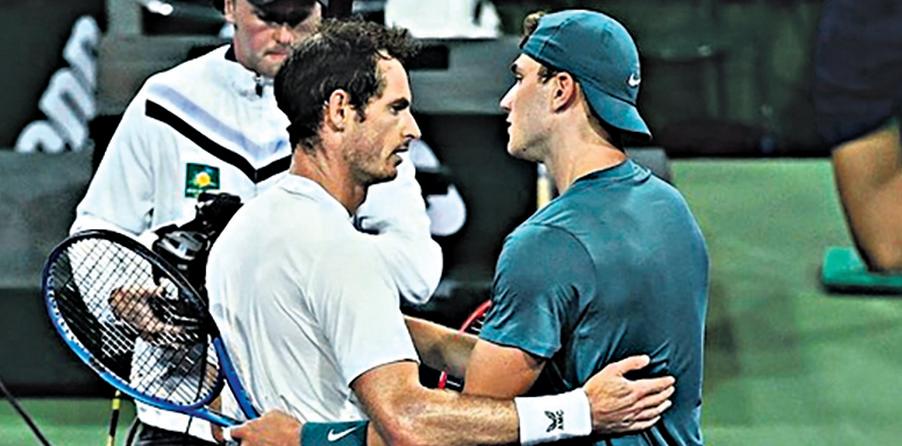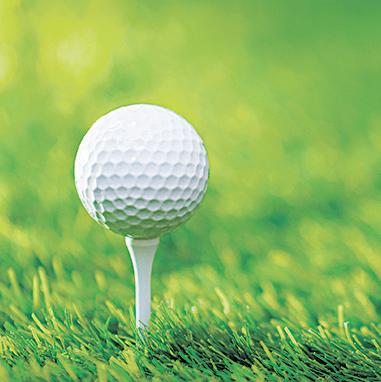
1 minute read
43 % of girls make up team sports.
TEN years after rising tennis star Jack Draper sat on the sidelines watching Andy Murray in action on the court as an 11yearold, the pair met in the ATP Tour in California on Monday, March 13 with the Englishman coming out on top.
The atmosphere was charged as the two British tennis players took to the court in an epic sporting clash at the BNP Paribas Open, an opening stage of the ATP Circuit. The 21yearold British tennis sensation stunned fans and experts alike on Monday night with his brilliant performance against fellow countryman, Andy Murray.
Draper proved that he was a force to be reckoned with, defeating the legendary Murray 76(6), 62 to book his place in the next round. It was a remarkable achievement for the rising star, who had already beaten Daniel Evans in the second round and showcased his potential in the ATP circuit.
Draper’s win was anything but easy. In the first set, Murray had a set point at 65, but Draper saved it with a clutch ace, then went on to win the set in a tiebreak. From there, he turned on the style, winning the second set 62 before sealing the match with a double fault from Murray, breaking him for the third time in the match.
PROPOSALS have been unveiled in a bid to limit hitting distance for elite golfers.
In what is certain to be a major story in the months and years to come, the R&A and USGA have re vealed their joint propos al for a Model Local Rule (MLR) that gives competition organisers the option to require use of golf balls which are tested under modified launch conditions to address the impacts of hitting distance in golf.
The MLR is intended for use only in elite competitions and, if adopted, will have no impact on recreational golf.
Golf balls that conform to the MLR must not exceed the current Overall Distance Standard (ODS) limit of 317 yards (plus three yards tolerance) at modified Actual Launch Conditions (ALC) with a clubhead speed of 127 mph and based on a calibration setup for 11 degrees and 37 revolutions per second (2220 rpm) as part of this proposal.

All other balls, including those typically used by recreational golfers with lower swing speeds, would continue to be tested using the existing ALC values (120 mph, and a calibration setup of 10 degrees and 42 revolutions per second 2520 rpm).








